10 Most Unexpected Deaths In Horror Movies
Characters least expected to meet their demise had brutal fates in movies like Night of the Living Dead, Psycho, and Scream.
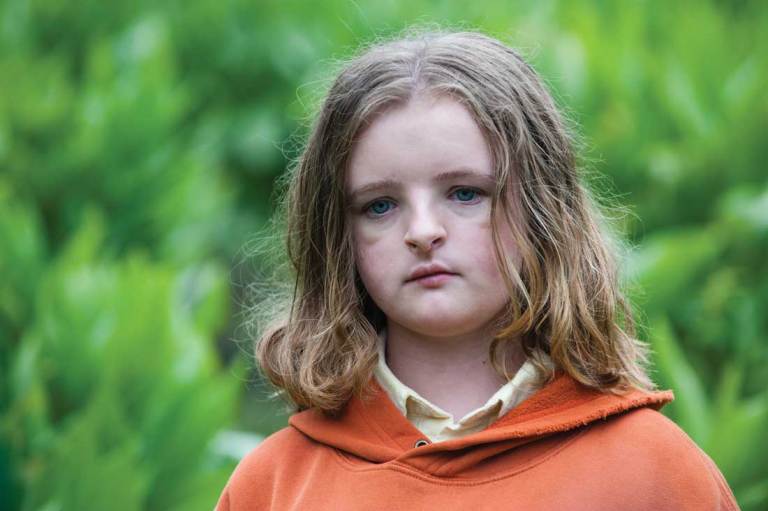
Only two things in life are certain, death and taxes. In horror, it’s always the former. Death is an integral and inevitable part of the genre. It’s no surprise when half, or more, of the characters are dead by the end of the film. Usually, the audience spends their time making an attempt at figuring out who will be the first to go, who will be the next, who will be the last one standing. The formula, tropes, and conventions of the genre are so well-honed in their establishment that most fans can usually guess correctly. Seasoned viewers may be thoroughly entertained, but they’re rarely ever astonished.
There is, however, the special kind of filmmaker that can succeed where others don’t by leaving viewers stunned with their jaws on the floor. They don’t just defy the rules with scares, but with twists and kills, leaving audiences shocked with unexpected and genuinely groundbreaking character deaths. Some of these deaths happen to those you’d think would be the hero or the heroine, major players, or final girls. Other fatal send-offs happen in the flash of an instant, leaving you completely dumbfounded with their jarring abruptness. Then there’s those deaths that are so cruel, so barbaric, you’d never expect them to appear on your screen.
Read on below to discover 10 of the most unexpected deaths in horror movies that gobsmacked viewers out of their seats.
Marion Crane in Psycho (1960)

Before there was Drew Barrymore’s Casey Becker in Scream (1996), there was Janet Leigh’s Marion Crane in Alfred Hitchcock’s Psycho, only here the “would be final girl” is killed close to halfway through the film. The iconic shower scene in which Marion is stabbed to death is one of the most prominent in cinema, so even if you’re watching for the first time, you know what’s coming. For contemporary audiences, however, her death came as a truly unexpected and disorientating twist. It was also shockingly violent and explicit for its time—viewers were stunned. After spending quite some time following Marion and her backstory, watching her die amidst the shrieking string music is a jolt to the senses. A truly brilliant moment—the viewer is shocked out of the “heroine’s” journey into Norman’s mysterious, dark psyche.
Ben in Night of the Living Dead (1968)
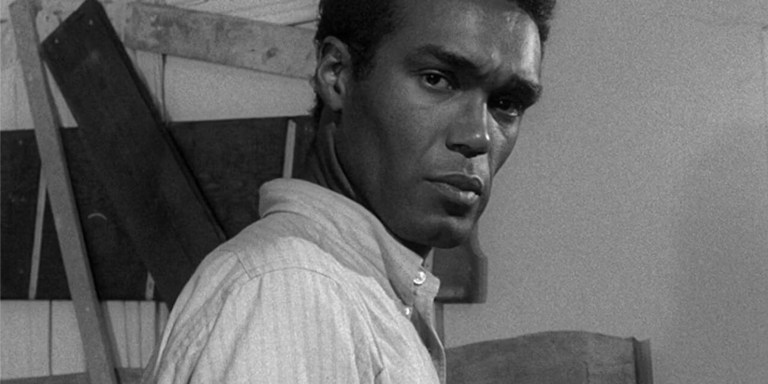
Arguably, Ben’s death at the end of George A. Romero’s Night of the Living Dead is the most devastating in the history of the genre. Duane Jones’s character made history as the first Black lead in horror cinema. The decision to cast him was reportedly not intentionally designed to make commentary on the struggle for racial equality in the 1960s, but nevertheless Romero made a movie about racism, racial relations, and race-based dehumanization. Its strongest message comes with its ending. After enduring all he did to survive, after being the only one who fought sensibly for his survival and that of others, after dealing with a nightmarishly hostile environment, after becoming the only one in the group who survives the ghoul attack, Ben is shot by an armed posse of trigger-happy white men acting in capacity of the police and led by the sheriff. His unexpected death highlights how Black men have as much to fear from (monstrous) white people as they do the “living dead.” It reflects the Black experience of yesterday and today. The image of his lifeless body being dragged away by meat hooks and being added to a rising pile of burning corpses is horrifying. It showcases the reality of how Black bodies and individuals are treated as expendable.
Nancy Thompson in A Nightmare on Elm Street 3: Dream Warriors (1987)

Nancy Thompson is the queen of all final girls and a true testament to what it means to have the willpower to survive. She stands out from other final girls in the genre, namely from that time, in the sense that she survived in the first ANOES movie because she had an unbreakable resolve to do what had to be done to save herself and her friends. She didn’t make it out alive out of sheer luck, but because of her determination, her intelligence, and her fearlessness. This powerhouse didn’t cower in the face of her fears—no, she stood up to evil. Nancy broke and recreated the mold for the final girl, so seeing her die in the third movie was not only an unforeseen moment, but a punch to the gut. After actively seeking out her tormentor in ANOES, Nancy didn’t make another appearance until Dream Warriors where she uses everything she learned to help the new group of teens being terrorized by Freddy. She met her untimely demise as a hero, and it was a true loss for the franchise. She should have remained a final girl.
Casey Becker in Scream (1996)

Drew Barrymore was one of the “it girls” of the time and her face was plastered on every promotional poster for 1996’s Scream. Not only that, but she was the celebrity involved in many of the promo interviews for the movie. All of this coupled with her star status misdirected audiences into thinking she’d be the slasher’s final girl. Viewers still believed this to be the case as they witnessed her trying to hide from and outrun the killer. Watching it back then there was an expectation that she’d escape Ghostface’s grip, that she’d come out of that opening scene alive to spend the rest of the movie trying to defeat the villain—that she’d be the heroine. Wes Craven’s genius 13-minute opening sequence forever changed the rules of the genre with Casey Becker’s gruesome demise. It served as one of the most shocking deaths in horror cinematic history. No one—not horror fans and not critics—saw it coming.
Schorschi Schober in Funny Games (1997)
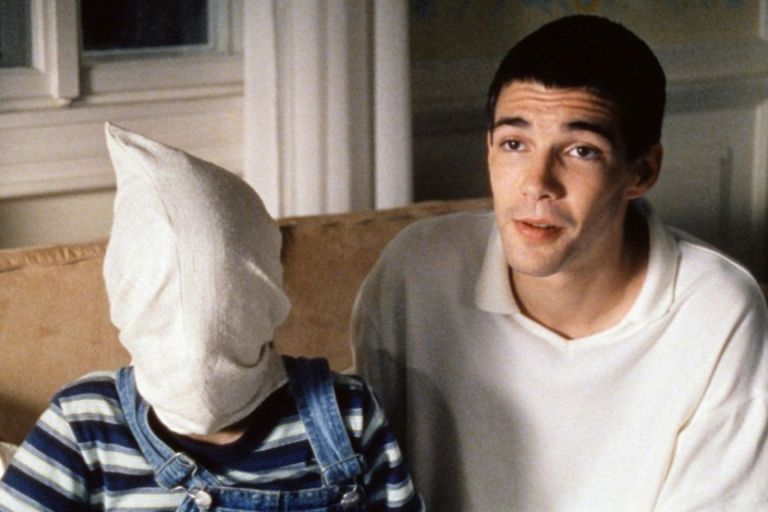
This horror-thriller might be one of the most disturbing films in the genre, and not just because of the atrocities committed on screen, but because by having one of the killers frequently break the fourth wall the audience is implicated in their brutal crimes. The cinematic intrigue of the viewer is being equated with a deeper sadistic desire—we remain interested because the characters are being tortured. We crave violence. The many hours that the family was tortured by the two men culminates in the lethal shooting of the most vulnerable and innocent member, the little boy Schorschi (Stefan Clapzynski). For a moment you don’t know it’s him—he’s shot off-camera. When the camera zeroes in on the bloodsoaked TV, you still don’t know who it is. Then the camera is left just sitting there, showing Schorschi’s mom utterly paralyzed and shattered, with his small lifeless body on the floor. This overwhelmingly grave loss of a child was one of the most shocking and unexpected deaths in film. There was no music in the background, only the haunting atmosphere of the shot: we, the audience, are fully being serviced. All we had to do to save these characters was turn off the film.
Randy Meeks in Scream 2 (1997)
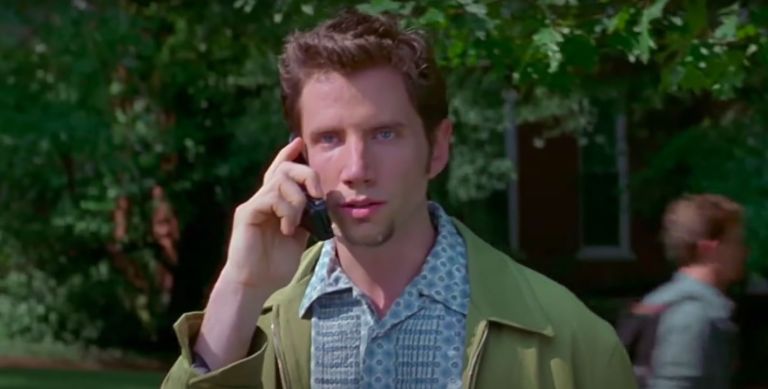
Justice for Randy! When loveable film nerd Randy Meeks (Jamie Kennedy) survived being shot by Billy Loomis (Skeet Ulrich) in the first movie, it appeared that he’d surely become one of the major players of the sequel (and the entire franchise). But of course, Scream wouldn’t be on brand if it didn’t wildly subvert our expectations. He’s awarded a decent significance in the plot from the start of the movie, so it was a surprise to witness his tragic send-off halfway through. The suddenness of his death in broad daylight packed one of the hardest punches in horror. Ghostfaces taunts him on the phone before popping out of Gale Weathers’ (Courteney Cox) news van and dragging him inside. It happens extremely fast. He goes from being a lively, fearless young man to a lifeless corpse lying in a pool of his own blood within 30 seconds.
Jenna in Friday the 13th (2009)

Jenna (Danielle Panabaker) in 2009’s Friday the 13th reboot had a giant final girl sticker plastered on her forehead. The audience grew attached to her because of her selflessness, her empathy, kindness, fearlessness, wits, and generosity. Her friends sucked and she was the only one out of the group who offered to help Clay Miller (Jared Paladecki) find his missing sister Whitney (Amanda Righetti). She bravely stood on the lookout in the underground corridor so Clay could free his sister. After they fall prey to Jason’s pursuit, Clay and Whitney surface safely above ground. While reaching for Clay’s hand to safety, Jenna is impaled through the chest by Jason’s machete. It was shocking to witness the final girl title go to Whitney who did nothing to earn it after being MIA for most of the film.
Tara Hayes in Terrifier (2016)
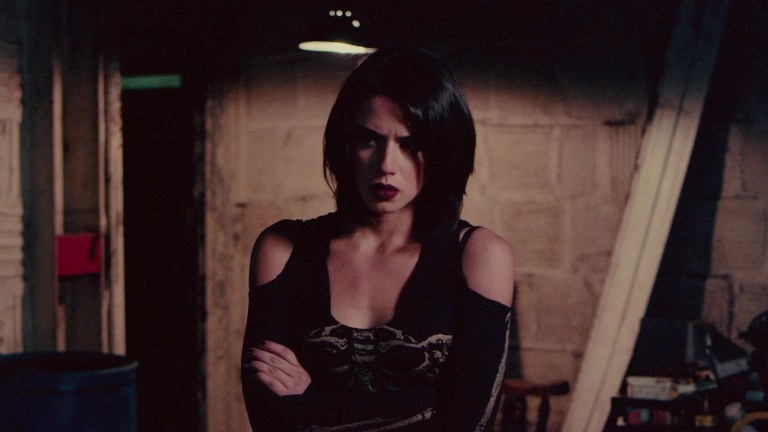
Tara (Jenna Kanell) feels like she’ll be the ultimate final girl for the first half of the movie—a pretty young woman out on Halloween being preyed on by the nightmarish serial killer Art the Clown (David Howard Thornton). When she wakes up restrained to a chair and being taunted by Art with a hammer, there’s still a sense that somehow she will find her way out of her predicament. Even after she’s forced to watch her friend slowly being cut vertically in half in front of her, the viewer still doesn’t believe this too will be Tara’s fate—she’s been front and center to the story, she has to be the heroine. Her rage triumphs over her fear and she manages to break off one of the wooden armrests to get free, and even gets as far as stabbing the deranged clown in the back and savagely beating him with a post. Tara makes an escape. She’s going to make it, right? Wrong! Out of nowhere, he pulls a gun out, shoots her in the leg, and then in the face as she tries to crawl away. Her sister Vicky (Samantha Scaffidi) is then promoted to final girl.
Charlie in Hereditary (2018)
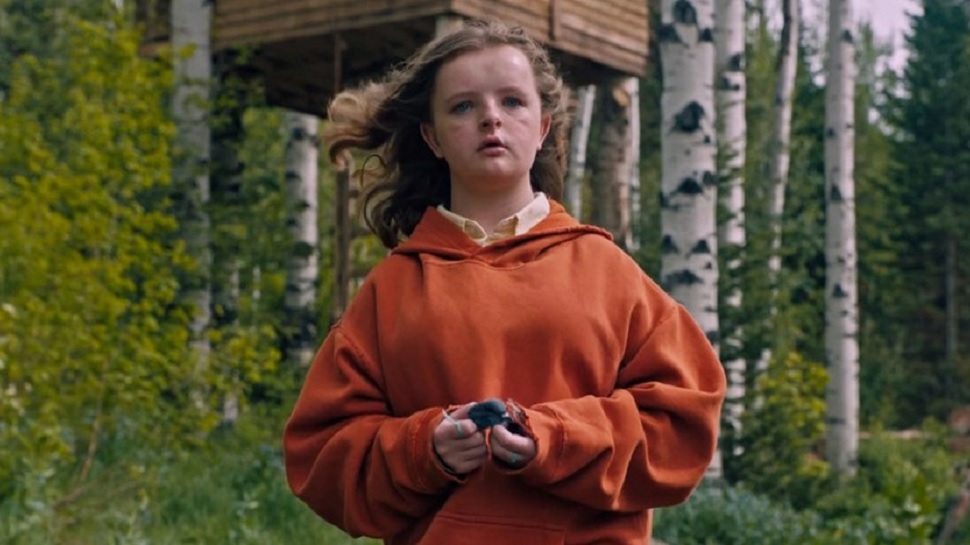
Not many deaths in the genre top Charlie’s untimely demise in Hereditary. It was completely unexpected and totally astonishing in terms of the graphic killing of a child, but it’s what the innovative and revolutionary Ari Aster knows how to do. He has a true talent in shocking all the senses in memorable, visceral deaths that are extremely un-Hollywood. For Aster, death is never peaceful, and he makes sure the viewer feels every bit of its horrifying detail. He doesn’t kill just for the sake of horror—death in his movies always has lasting, traumatizing, and haunting effects on his characters. Death is always followed by powerful grief. After being forced to take his little sister Charlie (Milly Shapiro) to a party, Peter (Alex Wollf) quickly ditches her. In the time Charlie is forced to fend for herself, she eats brownies with nuts and goes into anaphylactic shock. Speeding down dark roads while high, Peter tries rushing her to the ER, as Charlie’s condition continues to worsen in the backseat. Desperate for air, Charlie sticks her head out the window. In that moment, Peter swerves to avoid hitting a dead deer and Charlie is decapitated by a telephone pole. Annie (Toni Collette) discovers her daughter’s headless corpse in the backseat the following morning and we aren’t shown what she sees. Instead, Aster cuts to Charlie’s decomposing, ant-infested head sizzling on the hot pavement. Audiences are left in shock as much as the Graham family is reeling from their grief.
Mina in The Rental (2020)
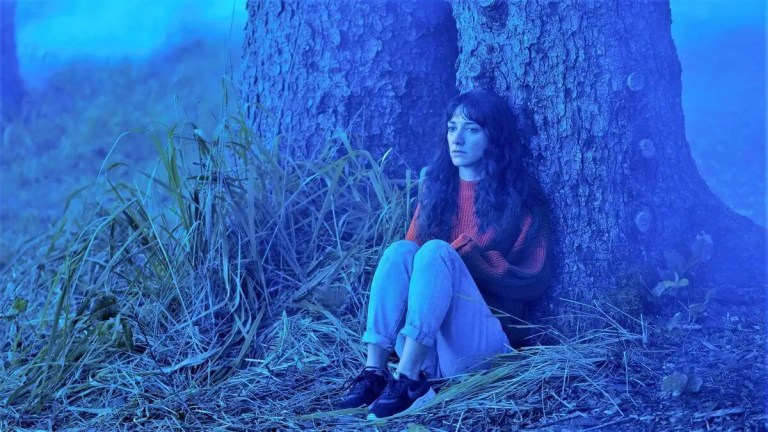
Before Barbarian (2022) showed us the terrors of Airbnb, there was The Rental, a movie about two couples who rent a remote house for the weekend on the beautiful Oregon coast and subsequently find themselves stalked by an assailant using cameras to spy on them. After ultimately picking off her boyfriend and friends one by one, Mina (Sheila Vand) is the only one left still standing. She was seemingly positioned into the role of the final girl who would defeat the masked killer and make out of the PNW hell she was forced to endure. Even as she’s pursued through the house and the woods on the property, the viewer is left to think that surely she would get away and make it out alive—she had to. So, when she runs through the foggy forest and drops out of sight having accidentally headed down a cliff, audiences were stunned.
Further reading:
